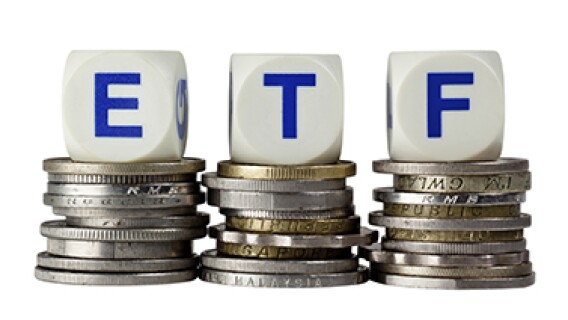The Best ETFs of 2019 Tell You Which Sub-sectors Had the Most Strength. One in Particular Stood Out.
It’s been a good year for stocks, but also a weird one. The first four months, stocks rose without much resistance, recovering from the miserable fourth quarter market correction last year. Then, from May through September, the market hit the pause button, with no real net movement as growth stocks fell out of favor and value stocks were back in Wall Street’s good graces. Not every sector has performed well this year. So to drill down into what sub-sectors and niche industries are truly doing well, I thought it would be interesting to examine what have been the best-performing ETFs of 2019.
Mind you, I had no real idea of what might make this list before performing this screen, which didn’t discriminate based on fund size. All six of these ETFs have more than doubled this year, making them true, positive outliers.
Here, in order of returns, have been the best-performing ETFs of 2019:
6 Best-Performing ETFs of 2019
Direxion Daily Semiconductor Bull 3X Shares (SOXL): +218.2%
Direxion Daily Homebuilders & Supplies Bull 3X Shares (NAIL): +204%
Direxion Daily Technology Bull 3X Shares (TECL): +172%
ETRACS Monthly Reset 2X Leveraged ISE Exclusively Homebuilders ETN (HOML): +160.5%
Direxion Daily Financial Bull 3X Shares (FAS): +108.6%
Direxion Daily Aerospace & Defense Bull 3X Shares (DFEN): +102%
Okay, lots of words and numbers to unpack there. None of those fund names exactly flow off the tongue like the Volatility ETF (VIX) or the S&P 500 ETF (SPY). Many of them are small, with as few as $1 million in assets and daily trading volume as little as 2,000 shares changing hands. Thus, I’m not really recommending you buy any one of these top-performing ETFs, despite their 2019 momentum.
But let’s pull out the words that really matter, and what they reveal about which sectors and sub-sectors investors are in favor: Homebuilders, Semiconductors, Aerospace & Defense, Financials, Technology.
The fact that two of the four best-performing ETFs of 2019 both involve homebuilders is no coincidence. Homebuilders as a sector are up 42% this year, as U.S. housing starts hit a 12-year high in August thanks in part to the Fed’s first interest rate cuts in early July.
As a group, semiconductor stocks have performed even better, up more than 62% this year – hence the strength in the SOXL, which actually has a respectable $663 million in assets, average trading volume of more than 833,000 shares and large holdings like Nvidia (NVDA), Qualcomm (QCOM) and Texas Instruments (TXN).
Technology stocks (and ETFs) always do well when the market is strong, as it has been in 2019 despite the mid-year turbulence/stasis.
Financials have outperformed, up 30% year to date. Crista Huff, chief analyst of our Cabot Undervalued Stocks Advisor, has been all over that trend, as she currently has several financial stocks in her growth and value portfolios. If you want to learn their names, click here. Otherwise, the FAS ETF listed above ($1.4 billion in assets, including most of the big U.S. banks) could be an efficient way to play the sector’s momentum.
And then there’s the DFEN, which has risen along with U.S. defense spending, which this year is budgeted for $940 billion, up from $859.6 billion last year. That’s good for defense contractors like Lockheed Martin (LM) and General Dynamics (GD), both of which are DFEN holdings (though so is Boeing (BA), which hasn’t helped matters).
What It All Means
What are my takeaways? First and foremost, that housing stocks are a good place to be right now. It’s the only sector that had multiple ETFs make the list. Second, that undervalued sectors like financials (and energy, which fell just shy of the list) are showing signs of life. And third, that semiconductors and technology are outperforming the way they normally do in bull markets.
Those latter two takeaways encapsulate the dichotomy of the current market, where certain value stocks are doing well and certain growth stocks remain strong—but you have to identify the areas of consistent strength given all the sector rotation that occurred for half the year.
Through it all, housing has remained a constant, actually gaining strength when most other stocks were stagnant through the middle part of the year. The sector’s ability to weather that volatility is a good indicator that housing stocks are a good place to invest well into 2020.

Sign up now!

Sign up now!

Sign up now!

Sign up now!
*This post has been updated from an original version.

